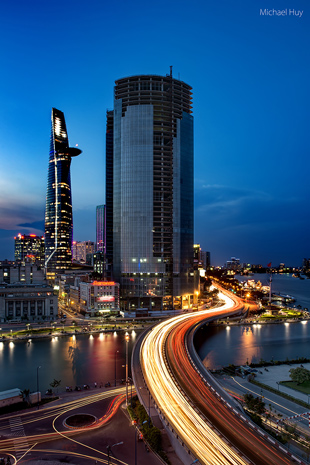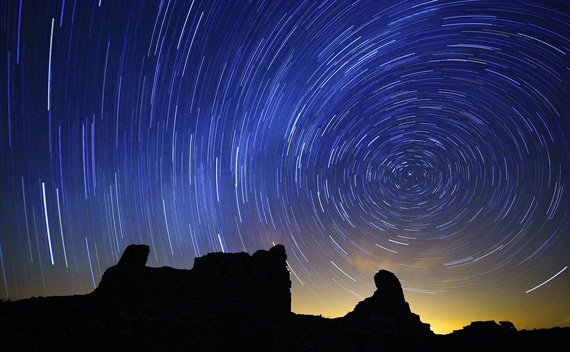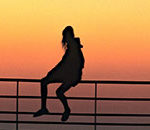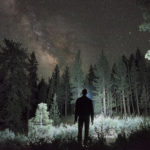At the most general level, photographing light trails means locating a place where you can capture some type of light that will be seen over time. Some examples of light trails are the beams of light created by moving cars or those created by stars in the night sky. In general, capturing light trails entails securing your digital camera, setting a long exposure time, and shooting when the light source will be moving in order to create the trail of light.

“Saigon Dragon” captured by PictureSocial member Michael Huy
Of course, it’s a little more complicated than that, but the basic concept behind light trails is longer exposures that enable the light source to create trails that move through your image. Getting a shot that demands attention means more careful planning in choosing your location, determining the right timing, and deciding how to frame your image. The clearer your visualization of the final shot, the better your results will be.
Choosing the Location
Once you’ve planned exactly what your photo will look like, it’s easy to select the location. The problem comes when you’re not exactly sure where to begin. The possibilities are unlimited, but only you can decide what you really want. By taking some time to reflect on what you really want and imagining it, you will make it happen. When no inspiration comes to you, either choose to wait until the idea presents itself, or view the work of others for ideas.
Shutter Settings
Many digital cameras have a mode on them called ‘bulb’ mode that allows you to keep the shutter open as long as you wish. Since this is very handy for light trail photography, you’ll be able to time your shots with precision. If you use this feature, however, you’ll want to consider using a remote shutter release in order to prevent any camera movement while the shutter is open.
Timing for Exposure
Simply put, there is no right or wrong way to time your shot. Hitting the shutter just before a car enters the frame and releasing it just after it leaves the frame can create a lovely unbroken line. But, shooting with shorter exposure times can be effective, also. Truly, it’s about experimenting with different timings to see the end result. You’ll know when you have the result you’re looking for.
Key to Light Trails
While there are many tips that could be shared about photographing light trails, the key to this type of photography is working with the light until you get the desired image. I learned early on that it’s crucial to experiment extensively. The beauty of digital photography is that this can be conveniently done on a continual basis until you have exactly what you want. So, know what you want, and play with the details until it becomes a reality!

“Abo Mission Star Trails” captured by PictureSocial member Rich Banker
About the Author:
Mathew Rivers writes for a blog about the Nikon D4 digital camera.
Like This Article?
Don't Miss The Next One!
Join over 100,000 photographers of all experience levels who receive our free photography tips and articles to stay current:






Leave a Reply